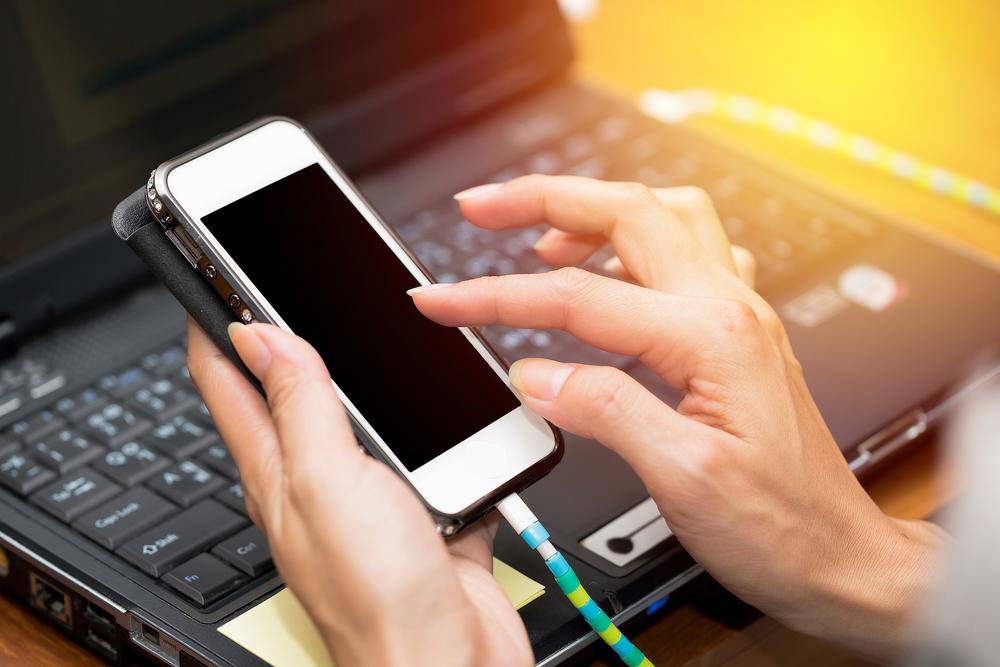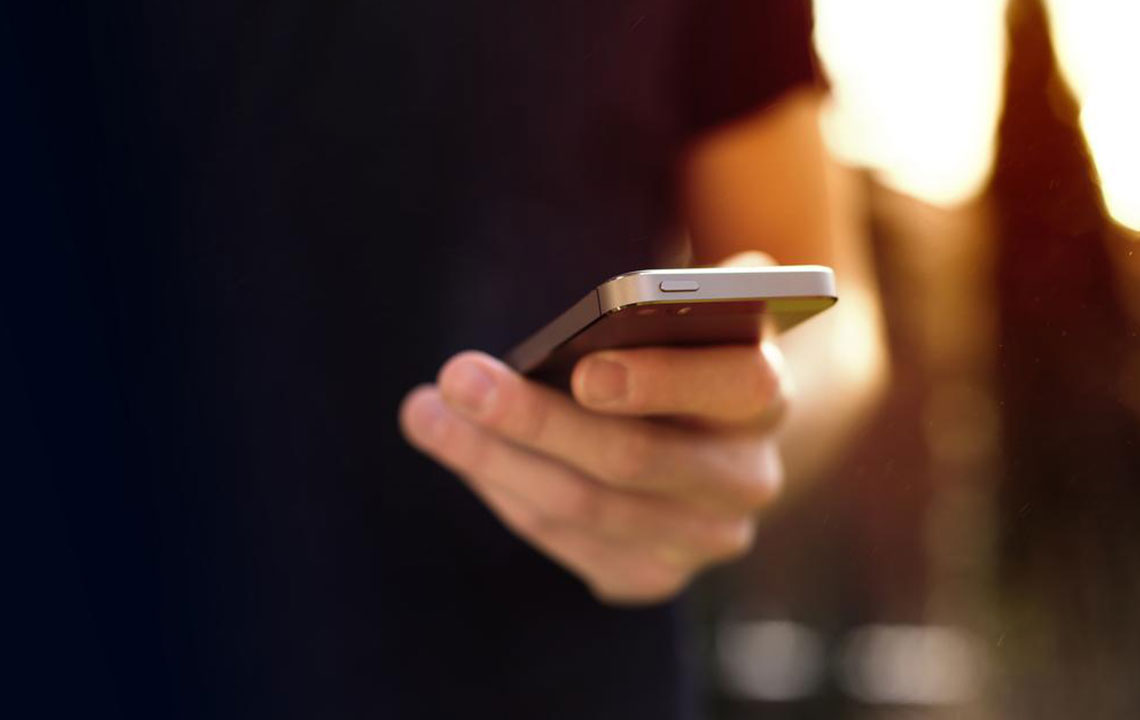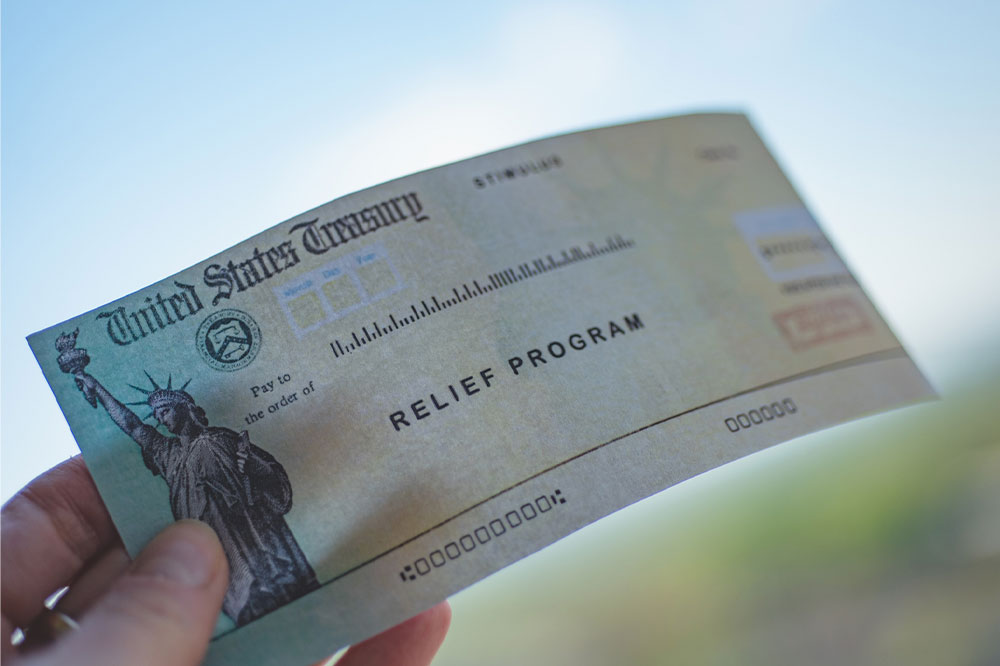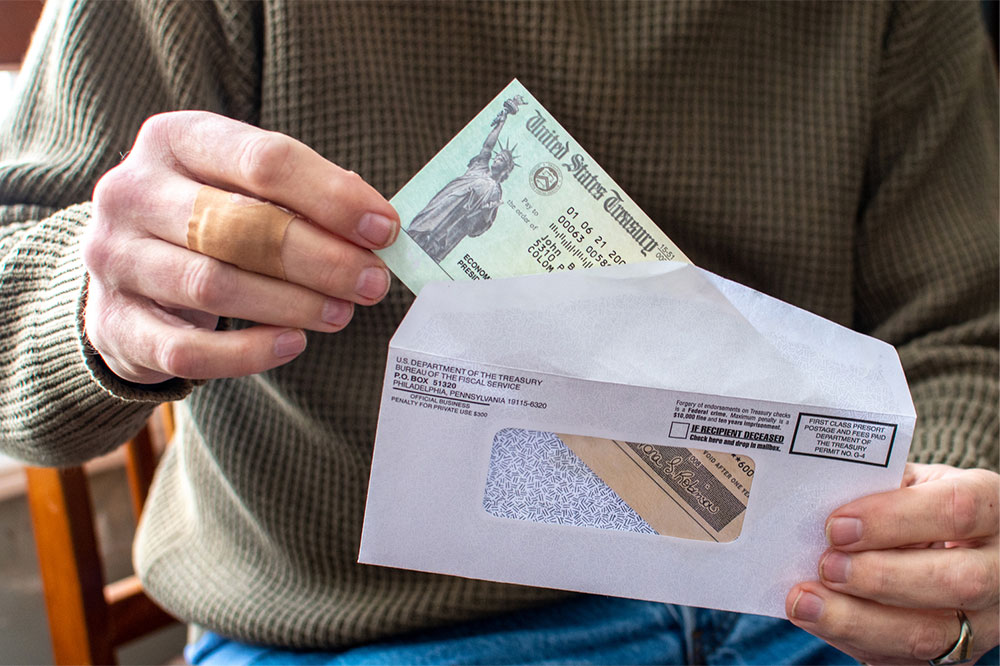Understanding the Lifeline Assistance Program and Free Cell Phones
Discover the Lifeline Assistance Program, popularly known as the Obama phone initiative. Learn how it offers free smartphones, call minutes, and data to low-income Americans, ensuring they stay connected for emergencies, employment, and healthcare. Multiple providers participate, with eligibility primarily based on income and assistance program participation. Over 20 million users have enrolled, highlighting the program's significance in bridging the digital divide.
Sponsored
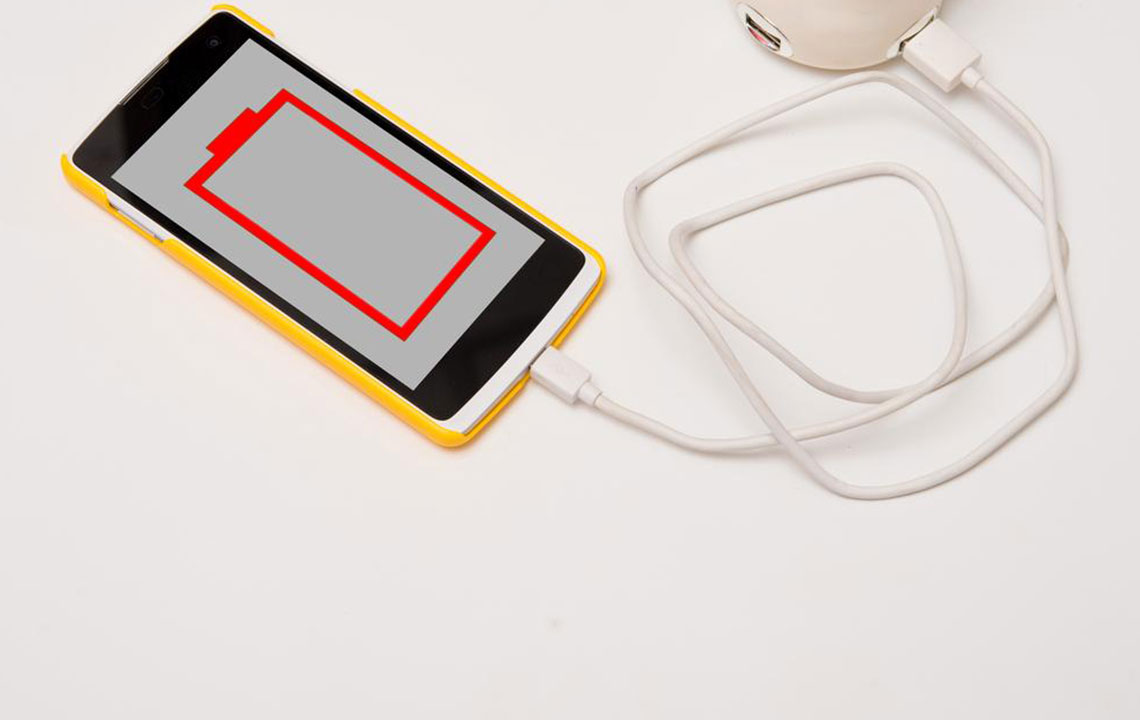
The so-called "Obama phone" is not a new device from a former U.S. President but a nickname for a government-supported aid program. What exactly are these free cell phones, and how do they benefit users?
What is the Lifeline Assistance Program?
This initiative provides free smartphones, calling minutes, and texting services to low-income Americans. Recent updates have added data packages, often hundreds of megabytes, to enhance connectivity. The name "Obama phone" originated due to its significant growth during Barack Obama's presidency.
The Lifeline Assistance Program, commonly referred to as the "Obama phone" initiative, aims to support financially disadvantaged Americans who cannot afford personal cell phones. Its goals include:
Facilitating job searching and reducing reliance on other aid programs
Providing access to healthcare professionals, thereby lowering medical costs
Allowing emergency communication at any time
Helping families stay connected with loved ones
Which providers participate in the program?
Several regional telecommunications companies participate, many created specifically for this purpose. Notable providers include I-Wireless, Cintex Wireless, Assist Wireless, StandUp Wireless, YourTel Wireless, Budget Mobile, Terracom Wireless, and Tag Mobile. Larger providers with wider coverage include Assurance Wireless, Safelink Wireless, and ReachOut Wireless. Eligibility requirements vary by state but typically include income thresholds and participation in federal assistance programs. The Lifeline program has already attracted over 20 million participants, with millions more expected as awareness increases.


